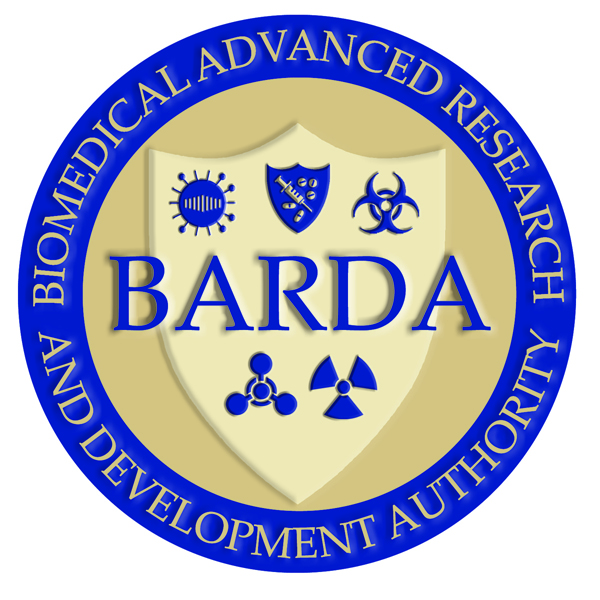
The ASPIRE (Algorithm Suggesting Proportionate Incident Response Engagement) algorithm was developed to assist first responders in deciding if it is appropriate to proceed to water-based decontamination procedures following disrobe and emergency decontamination. It is based on a mathematical model (derived from experimental data) that predicts how long a chemical will remain on the skin surface and so quantifies the window of opportunity for effective water-based procedures such as the Ladder Pipe System and Technical Decontamination.
The ASPIRE algorithm was developed by researchers at the Toxicology Research Group of the University of Hertfordshire under the direction of Professor Rob Chilcott, who has more than twenty five years' experience of CBRN R&D. The team has received internationally recognized awards for their research and has published a large number of scientific papers relating to chemical incident response processes.
Feedback is welcome and encouraged. Please contact the ASPIRE development team if you would like to offer comments about ASPIRE or encounter any issues with the tool.

The Biomedical Advanced Research and Development Authority (BARDA), part of the HHS Office of the Assistant Secretary for Preparedness and Response, was established to aid in securing our nation from chemical, biological, radiological, and nuclear (CBRN) threats, as well as from pandemic influenza (PI) and emerging infectious diseases (EID). BARDA supports the transition of medical countermeasures such as vaccines, drugs, and diagnostics from research through advanced development towards consideration for approval by the FDA and inclusion into the Strategic National Stockpile. BARDA's support includes funding, technical assistance, and core services ranging from a clinical research organization network to Centers for Innovation in Advanced Development and Manufacturing, as well as a fill-finish manufacturing network.

